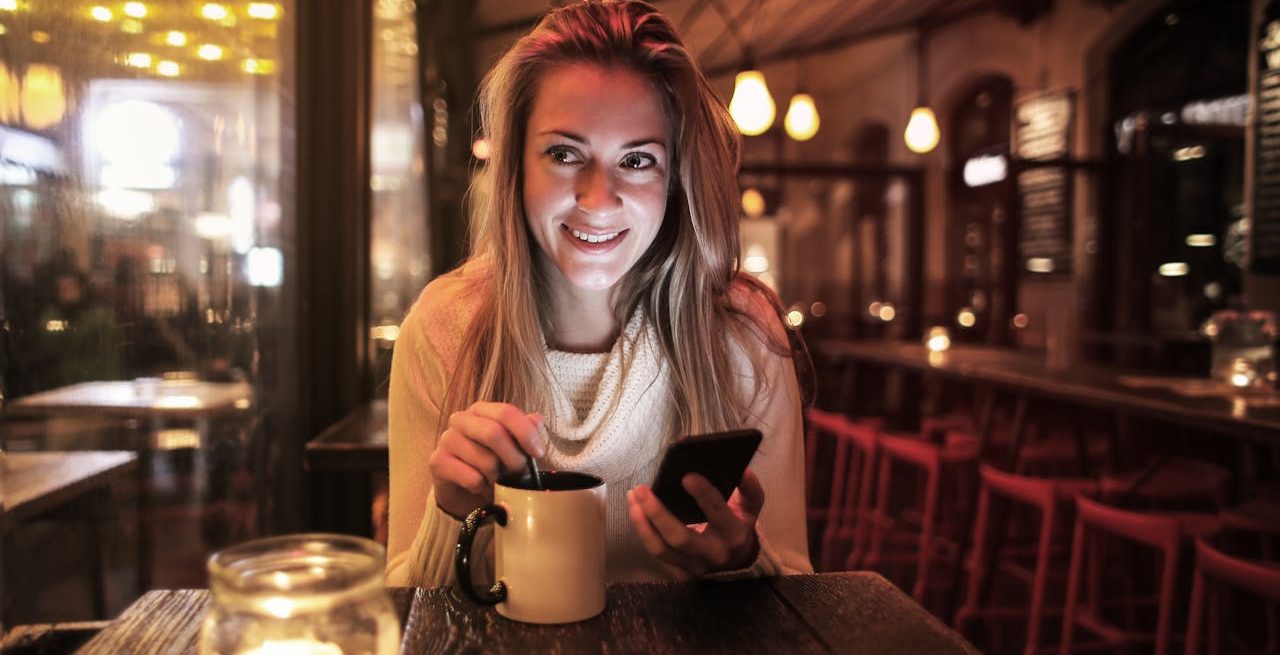Dining in the Digital Age
3 Min Read By Jana Zschieschang
As traffic slows, how do restaurant operators keep and capture customers? By cracking the code of restaurant app usage, according to Revenue Management Solutions (RMS).
The data analytics firm did some decoding by asking 330-plus restaurant consumers what app features were most valuable – and what turned them away. (Cracking the Code of Restaurant App Usage, November 2023)
What Customers Value
RMS segmented respondents by generation, and while preferences varied, all ages placed the most value on:
- Exclusive deals
- Loyalty-based incentives
- Customization
What They Don’t Value
On the other hand, crashes or technical issues ranked as the biggest pet peeve.
Restaurant apps need to run seamlessly, but so do in-store operations. The second most discouraging aspect of an app has nothing to do with its technology – one in five respondents hate experiencing issues when picking up or receiving their order.
By Generation
Beyond deals, loyalty program incentives and the ability to customize, the generations enjoy slightly different aspects of their favorite brand’s app.
Gen Z places a higher value on the ease of group orders and nutritional info. They join their slightly older counterparts (millennials) in the pleasure of in-app games and challenges.
Millennials, Gen Xers and boomers were more interested in bargains – these generations valued in-app exclusive deals. Boomers also like restaurant apps that make reordering their favorites and finding the brand’s nearest location easy.
By Spend
When analyzing the difference among buying habits, frequent QSR users (ordering from a quick-service restaurant at least 5x per week) ranked customization as a critical feature of an app while also valuing group orders and nutritional insights.
Big spenders use apps to customize, reorder favorites, find their nearest location, and check nutritional info. Their opposites – the cost-conscious – unsurprisingly value apps that offer deals and loyalty incentives.
What Does this All Mean to Operators?
First, a reminder to use an app’s agility to understand and cater to your customers. Take advantage of differences among the generations and usage. Gamify if your average customer is younger. Make reordering frictionless if you attract the pre-1965 crowd. And remember, consumers expect companies to deliver personalized interactions and most get frustrated when this doesn’t happen.
According to our research, the investment in personalization pays off. Customers using a restaurant-branded app are more loyal than non-app users. They are also a captive audience for targeted offers that come in handy when increasing daypart traffic, for example, or reaching lapsed customers.
And always remember, apps can’t be ignored. In an earlier survey on app usage (Q1 2023: Restaurant Apps, Loyalty Programs and Dining Choices), RMS found that a majority of respondents had at least two restaurant apps, and nearly 40 percent of frequent users had more restaurant apps than the year before.
Most importantly, according to RMS COO Mark Kuperman, consumers spend more and come more often when using an app.
“We observe, on average, that checks ordered through a restaurant app are 15-25 percent higher than in-store/drive-thru checks,” he notes.
Which brings us to “suggestive selling.” Upselling is just plain easier when built into an app. Apps, unlike employees, don’t need suggestive selling training, and they never forget to upsell during the lunch rush.
So when should you upsell items on your app? According to RMS’ menu optimization research, suggesting additional items before checkout proves to be significantly more profitable. In its menu study, participants were most open to suggestions when items were shown while exploring the menu. Impressively, 18 percent of participants opted to purchase a suggested item during their exploration phase, compared to a mere 2 percent when the suggestion was made at checkout.
This type of specificity isn’t possible during an in-person interaction.
Now Is the Time
Now is the time to crack the app code. In the upcoming Q1 2024 customer behavior report, RMS found that 72 percent of diners believe restaurant prices are higher, and they may be curbing their spending as a result. In January 2024, QSR traffic was down 4.5 percent and net sales dropped into negative territory for the first time in recent years.
Restaurant apps, on the other hand, allow brands to do what we know positively affects the bottom line. Increase average check. Keep loyal customers. Regain lapsed customers.
And it’s all in the palm of your (customers’) hand.


